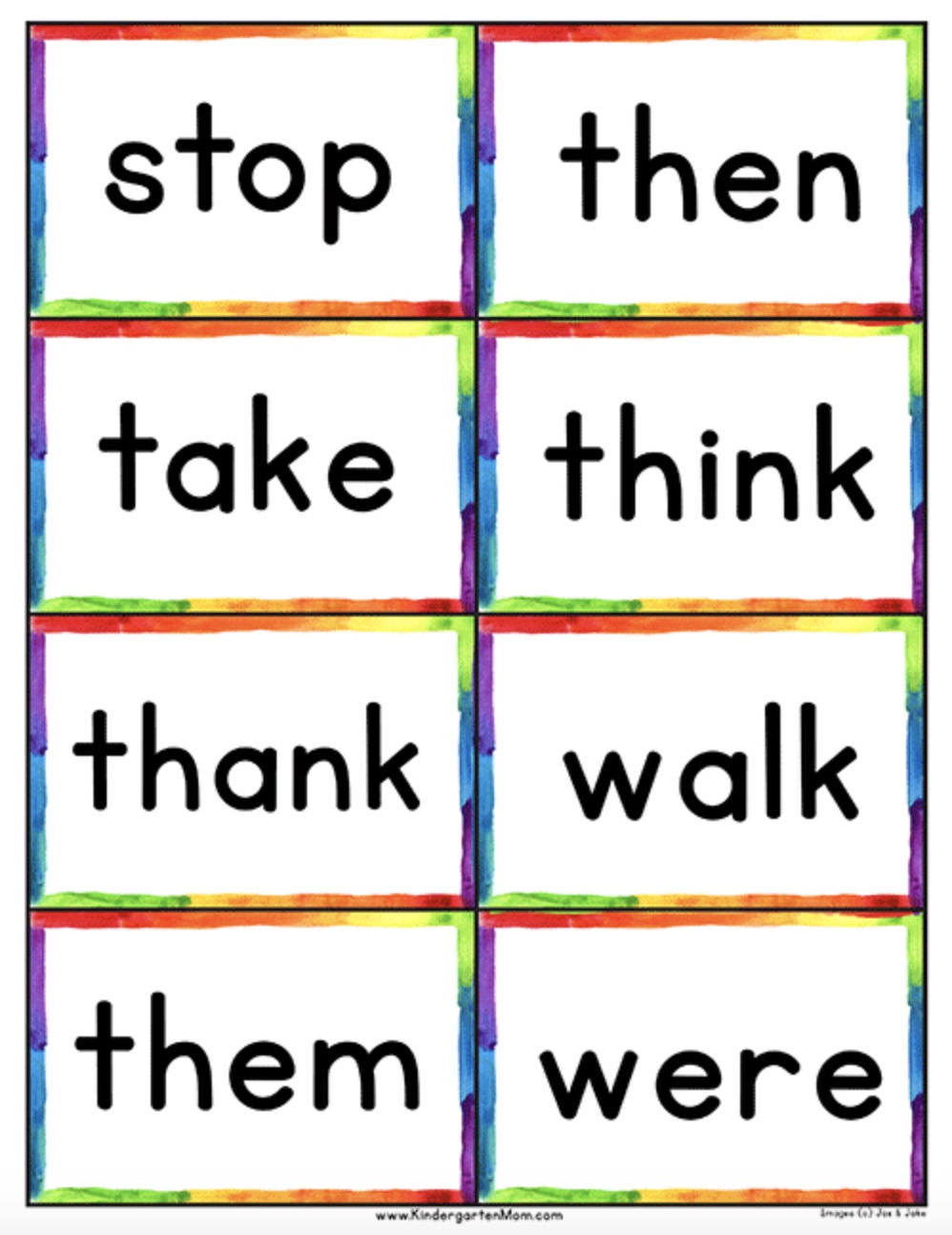
So exercises are required to help students recognise these words by sight. T hey are words that may, but many do not, follow phonics rules and phonics decoding will not help students to read and pronunce these words. Sight words are commonly used words, which make reading easier. Reading Ninja An engaging educational game that helps kids learn to read three letter words by sight, sound, and touch.Kindergarten Sight Word Worksheets Download I’ll share 5 of the best sight word apps, as well as resources of my own that will provide a more hands-on approach to sight word practice. Today I’m happy to share with you a variety of activities that give students the practice they need to master their sight words. To keep things fresh and engaging it’s important we provide them with a range of sight word activities that offer different ways to work with the words. Students will spend a lot of time working on word recognition. Once students have received your direction instruction (“ I do“) and had plenty of opportunities to practice their heart words with you (“ We do“),they need time to practice and apply these skills on their own (“ You do“). The irregular part of the word is the part they must “learn by heart”, thus the name Heart Words. You explicitly teach them the sounds that are irregular in the word.

The Heart Word Method requires students to use their phoneme knowledge to map the regular part of the words. Instead, integrate irregularly spelled, high-frequency words into your phonics lessons using the Heart Word Method. This means you must stop expecting students to learn sight words through flashcards and rote memorization. The Science of Reading tells us that effective instruction follows the “ I do, We do, You do” model. What is the best way to teach sight words?

Secondly, knowing sight words is a huge confidence booster for students! If they have strong sight word knowledge they will be able to understand the majority of the text, even when their decoding skills are still developing.


Sight word mastery is so important for young readers! For one, it allows them to free up cognitive resources so they can focus on the tougher words that require strong decoding skills.


 0 kommentar(er)
0 kommentar(er)
